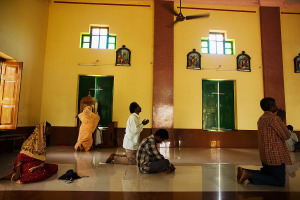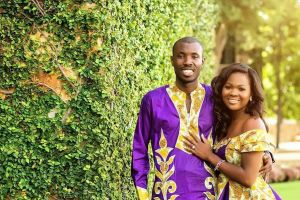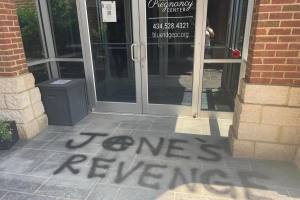Christians Help the Poor With Renewable Energy
A new wave of Christian ministries are answering the call to good stewardship and breaking down stereotypes with renewable energy initiatives.
According to World Bank statistics, over 1.4 million people worldwide, the majority in rural Asia and Africa, don’t have access to electricity. About 3 billion people use non-renewable materials like wood, charcoal, even waste, for cooking and heating. These sources are economically draining and bad for the environment.
This past August, the U.N. Secretary General emphasized renewable energy sources – like solar energy, wind power, and hydropower – as good ways to help lift the poor out of poverty.
Some Christian organizations are beginning to agree. Prominent evangelical Chuck Colson recently said in a radio report, “In Cambodia, for example, a typical kerosene lamp costs around $30 to light a home for a year – that’s about 10 percent of what an average Cambodian earns each year. But solar lanterns only cost $25 and can last for two years.”
Other organizations like SonLight Power, whose mission is “to improve the lives of underserved children, families, and communities worldwide through sustainable solar-powered solutions,” are providing ways to provide low cost alternatives to those in impoverished nations.
Kevin Sasson, executive director at SonLight, told The Christian Post that his organization’s power systems “are often installed at off-grid primary schools in parts of the world without access to sustainable sources of electricity.” They work in many Latin American and African countries. The organization’s projects include providing energy-efficient lighting, TV/DVD assemblies, and laptop computers.
Oftentimes schools in these rural communities double as community centers. Sasson told CP that “these schools provide venues for community events, adult education classes, medical clinics, and communication hubs.”
Because of this, Sasson said that the power systems help reach the broader community and “ultimately improve overall spiritual and physical wellness, skills training, and economic development while limiting carbon emissions. Our solar-powered schools provide viable space for emergency preparedness and disaster relief efforts when electric grids are down. In addition, SonLight Power solar systems power off-grid water pumping/purification stations in arid parts of Latin America and Africa.”
SonLight came about largely by chance. Founder and director of the organization Allen Rainey owned and lived on 50 acres of land. But he was running into trouble getting grid electricity to the rural property at a low cost. So he started researching other alternatives.
After deciding to go with solar power, he began installing panels on his land which now run lights, tools, a well pump and various other things around his property.
"It was easy to become an environmentalist during the process of developing this," Rainey said on the organization’s website. "You wonder why we all aren't doing more. A small investment returns free power for thirty years and does a lot for the environment."
Rainey realized he might be onto something and wanted to share it with others, so he created SonLight Power.
In 2001, he took a trip to Honduras with Shoulder to Shoulder, a medical missionary organization, to install two solar powered medical clinic refrigeration systems. This provided a storage space for vaccines to prevent deadly childhood diseases.
On this same trip, two other medical clinic systems were repaired, and he helped two churches, in Santiago and LaGurama, install basic solar electric systems.
The organization has installed electric solar power systems in over 50 schools in Honduras and 25 solar systems in rural areas in Kenya.
SonLight Power's success stems largely from their training of local residents in the basics of renewable energy sources and how to maintain their new solar electric systems.
Colson said of the project, “Not only were these energy improvements better for the environment, but they were much more sustainable for those with limited financial resources.”
This training approach to sustainability is also part of the organization Plant With a Purpose’s mission. They work in Africa, Asia and Latin America, and function largely because they see a big “connection between poverty and the environment.”
“Most of the world’s poor are rural poor. Many are subsistence farmers, completely dependent on their environment for survival. But as a result of widespread deforestation, the land isn’t providing like it used to,” their website states.
So to combat it, they implement a three step process to help restore productivity to the land. First they help poor communities plant trees to begin the process of reversing deforestation. Then they teach the poor agro-forestry techniques to help them make a living. Lastly, they use micro-credit loans to help people find and create other sources of income.
Since 1984 they have helped thousands of people in nearly 250 villages get out of the cycle of poverty.
Sasson said that “going green” and Christianity can be compatible. “Both are closely interconnected by the principle of effective stewardship,” he said. “Competing priorities may exist on occasion, but overall, I think protecting our God-given planet for future generations and stewarding God’s kingdom on earth are responsibilities Christians can embrace together.”




























